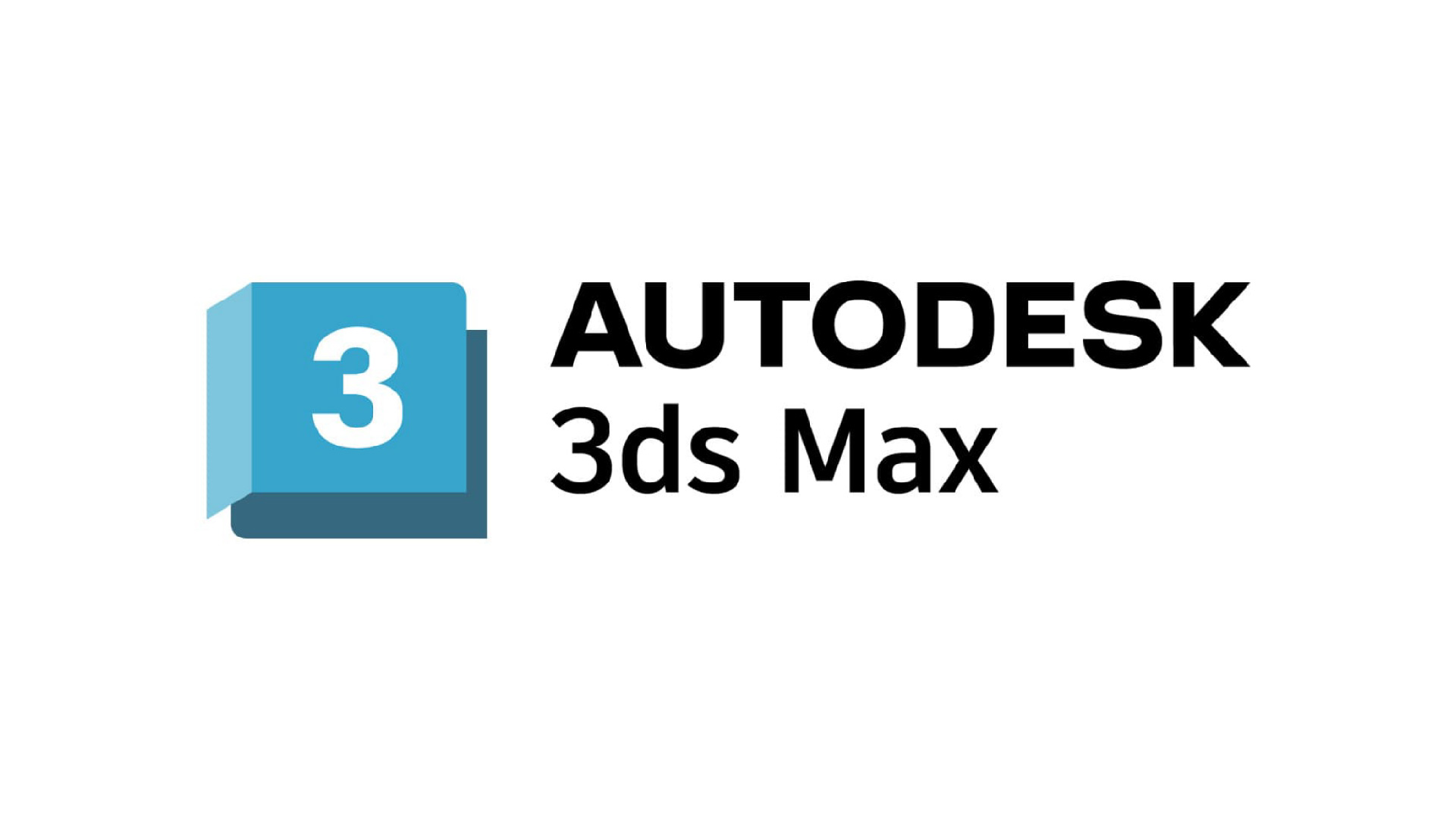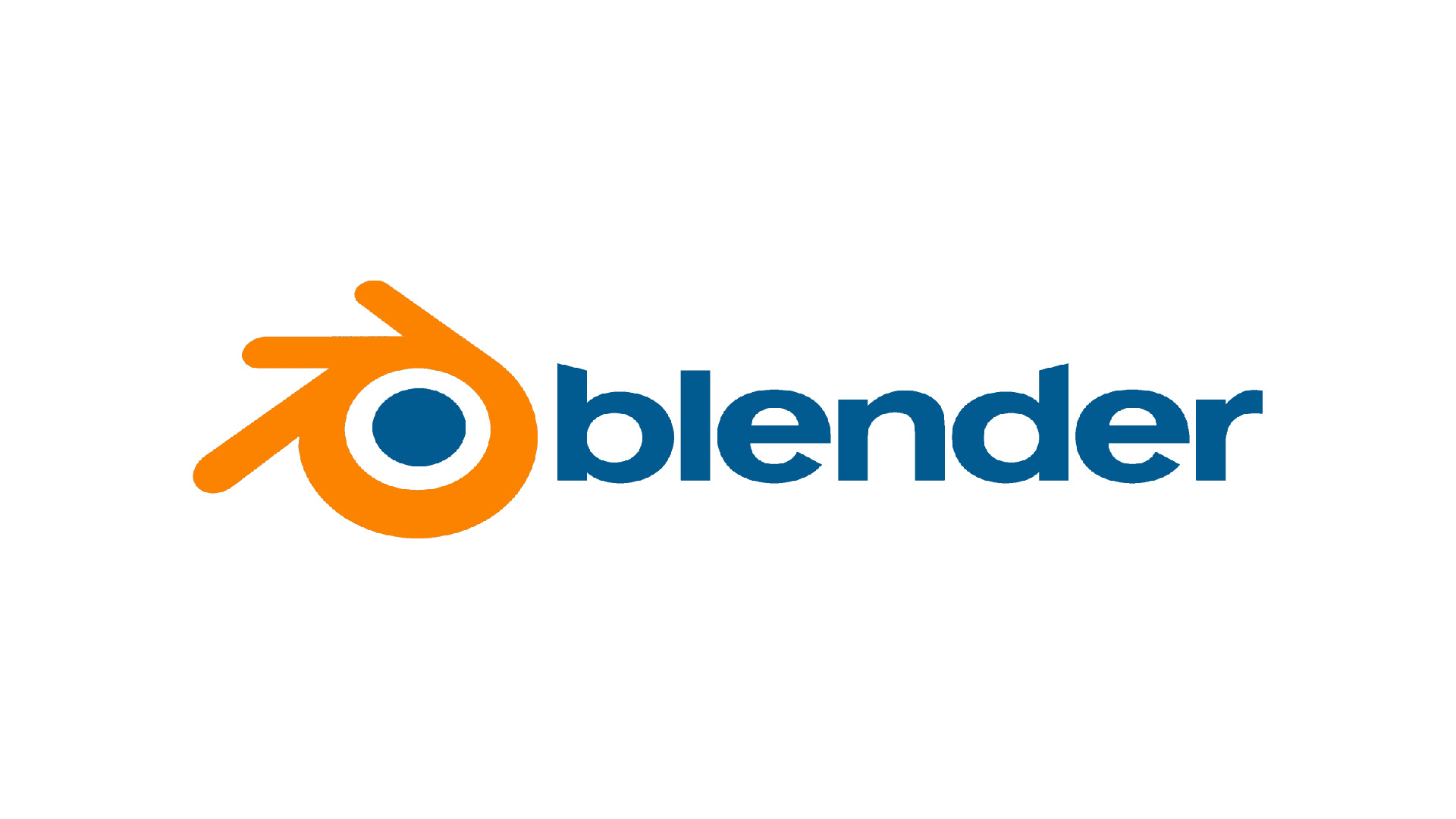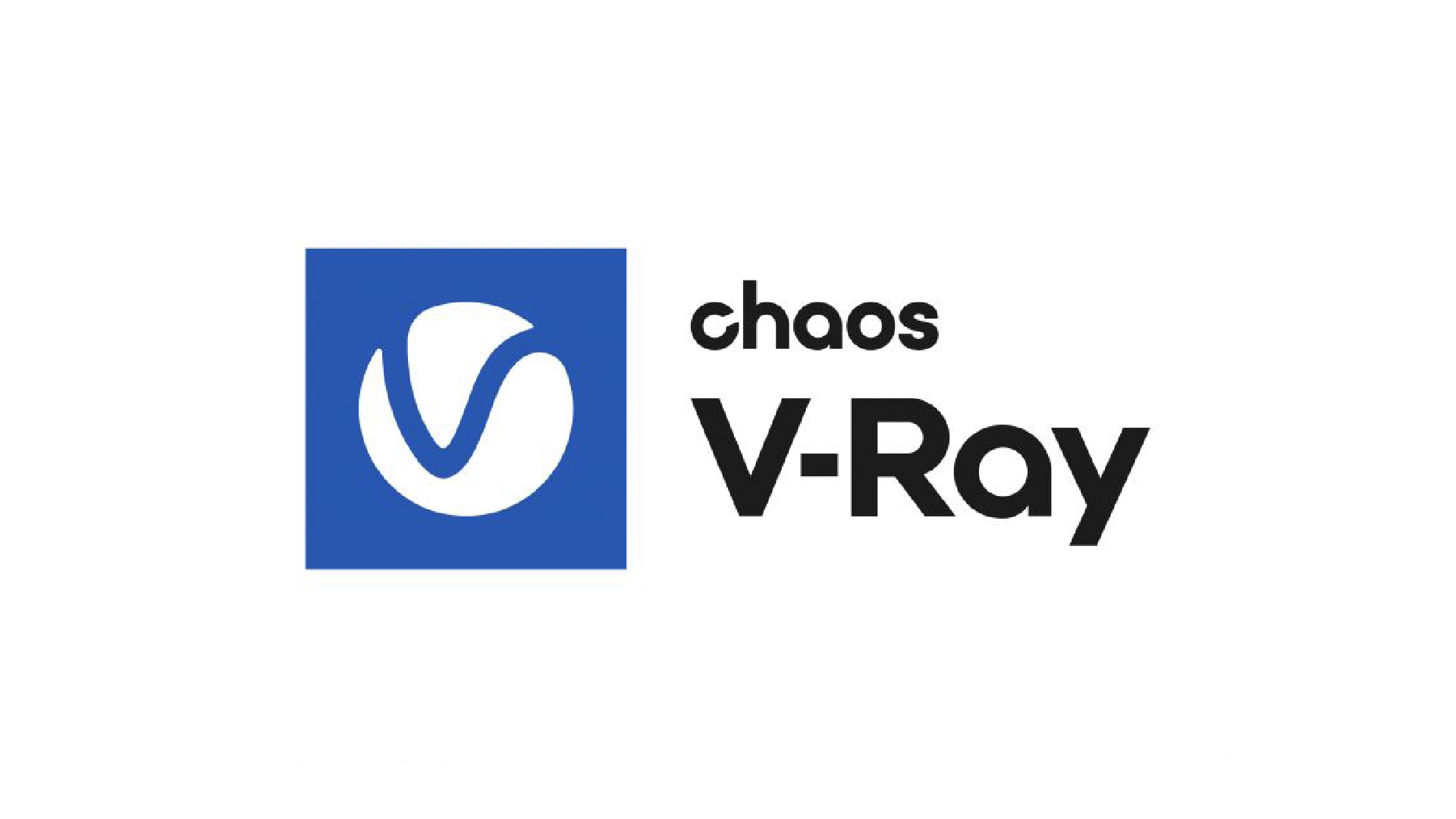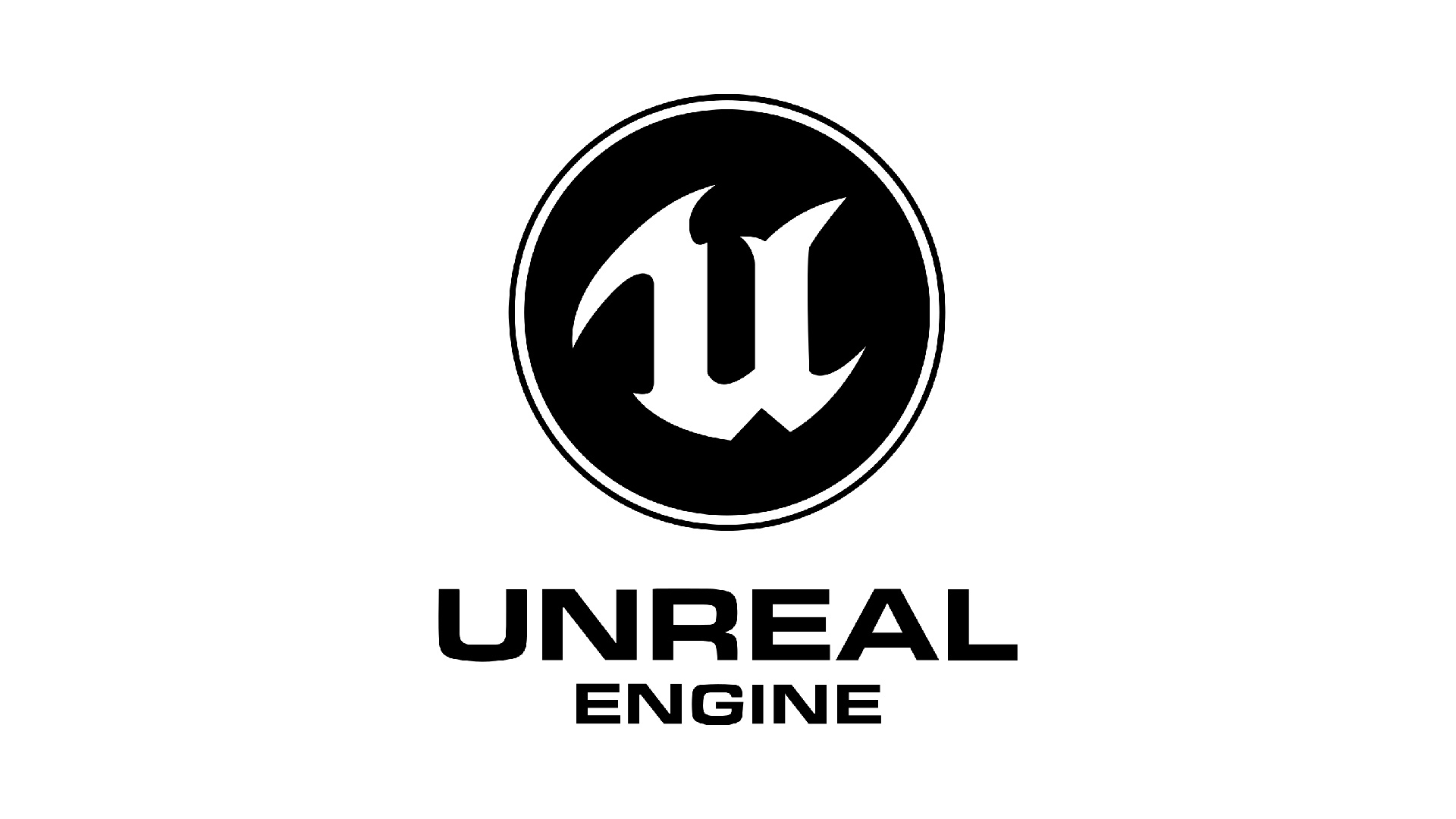When it comes to creating stunning architectural visualizations, choosing the right software can feel like picking the perfect coffee at a café—so many options, and each with its own flavor! But don’t worry; we’ve got you covered. This insight highlights the best 3D rendering software for architecture in 2025 to help architects, interior designers, home developers, and realtors make informed decisions.
At Xpress Rendering, we use many of these tools to deliver high-quality 3D renderings, video animations, and virtual walkthroughs tailored to your projects. So, whether you’re a seasoned architect or new to visualization, here’s everything you need to know.
We’ve selected five top-tier rendering programs and two honorable mentions. Each software offers unique strengths and is perfect for specific needs. Let’s break it down.

1. Autodesk 3ds Max
If you’re looking for precision and flexibility, Autodesk 3ds Max is the gold standard in 3D rendering software for architecture. Ideal for professionals handling intricate designs, it offers powerful tools for modeling, texturing, and animation.

Pros:
- Advanced modeling and texturing capabilities.
- Seamless integration with other Autodesk tools.
- Great for handling large-scale architectural projects.
Cons:
- Steeper learning curve.
- Requires a high-performance system.
Curious about pricing? Check out Autodesk’s plans here.
2. Lumion
Lumion is a favorite among architects for its user-friendly interface and real-time rendering capabilities. Known for its fast rendering speeds, it allows users to transform CAD designs into photorealistic images and videos in minutes.

Pros:
- Real-time rendering with minimal technical expertise.
- Extensive library of materials, objects, and landscapes.
- Perfect for creating outdoor environments.
Cons:
- Limited advanced customization options.
- Hefty system requirements.
Curious about pricing? Check out Lumion’s plans here.
3. Blender
For those looking for a free yet highly capable tool, Blender is a dream come true. While it’s not exclusive to architecture, its rendering and animation capabilities are top-notch.

Pros:
- Completely free and open source.
- Excellent rendering engines like Cycles and Eevee.
- Strong community support and tutorials.
Cons:
- Requires plugins for architecture-focused workflows.
- The interface can be overwhelming for beginners.
Curious about pricing? (Spoiler: It’s free!) Learn more about Blender here.
4. V-Ray
V-Ray has been a long-time favorite for its ability to produce highly realistic renderings. It’s compatible with a range of software like SketchUp, 3ds Max, and Rhino, making it a versatile choice.

Pros:
- Exceptional photorealistic rendering quality.
- Wide compatibility with 3D modeling software.
- Extensive material customization options.
Cons:
- Requires a powerful machine.
- Longer render times for complex scenes.
Curious about pricing? Explore V-Ray’s plans here.
5. Unreal Engine
For real-time rendering and immersive experiences, Unreal Engine leads the pack. Architects can create interactive walkthroughs and virtual reality experiences that leave clients in awe.

Pros:
- Superior real-time rendering capabilities.
- Ideal for creating interactive 3D environments.
- Free for non-commercial use.
Cons:
- Demands a high-performance GPU.
- Steeper learning curve for beginners.
Curious about pricing? Learn more about Unreal Engine’s license here.
Honorable Mentions
-
Twinmotion
Easy to use and perfect for architects who need quick results, Twinmotion bridges the gap between power and simplicity.
-
Corona Renderer
Known for its clean UI and integration with 3ds Max, Corona Renderer is a fantastic option for producing high-quality images with minimal setup.
How to Choose the Best 3D Rendering Software for Architecture
Choosing the right software depends on your workflow and goals. For example:
- Lumion or Twinmotion: Ideal for real-time rendering and quick results.
- 3ds Max or Blender: Perfect for advanced modeling and animations.
- Unreal Engine: Best for virtual tours and interactive experiences.
At Xpress Rendering, we combine multiple tools to create customized 3D visualizations that cater to your unique needs. Our expertise ensures you get the best results, regardless of the software you choose.
Of course, the software is only half the equation—hardware plays a critical role too. If you’re wondering how your choice of GPU or CPU affects rendering performance and software efficiency, be sure to check out our article, GPU or CPU for 3D Rendering: Which One is More Important?. It’s a must-read for anyone serious about optimizing their rendering workflow.
Final Thoughts
The right 3D rendering software for architecture has the power to transform your projects, streamline your workflow, and leave a lasting impression on your clients. Whether you’re creating breathtaking visualizations or immersive virtual tours, there’s a tool tailored to your needs.
If you’re ready to take your architectural visualizations to the next level, Xpress Rendering is here to help. With our range of services, including 3D renderings, site plans, and video animations, we’ve got you covered.
Follow us on LinkedIn, Facebook, and Instagram for tips, updates, and inspiration!


